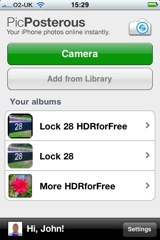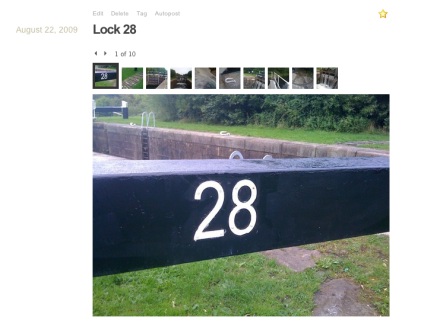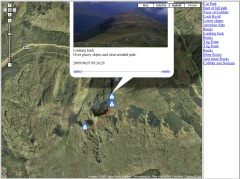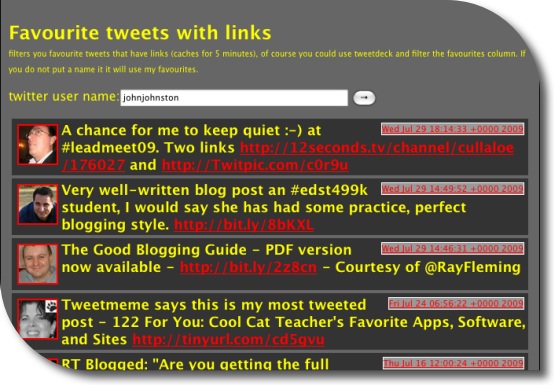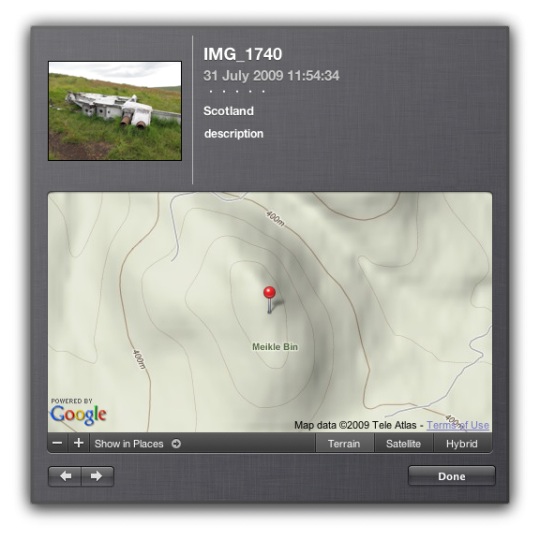
A while back I posted a quote from the guardian The long tail of blogging is dying which put forward the idea that a lot of blogs were going away as twitter and other easy stuff took over. Commenting was on the way out as tweeting a link or quick comment requires little work.
I think that is what is happening to me, it has been 4 weeks since I posted here, in that time I’ve made half a dozen or so posts to John’s posterous (very easily done) and at least 100 tweets.
In that time I’ve had ideas for about half a dozen blog posts, this being one. While it is easy to blog in my head, getting it into a fashion other will be able to read it take time, other things are easier.
Twitter seems to me to be affecting two aspects of blogging, commenting and reading.
Commenting
Twitter certainly seems to be cutting down on the comments generally, I’ve notice a wee drop here (from few to fewer , and this quote from Jeff Utecht via Graham Wegner:
, and this quote from Jeff Utecht via Graham Wegner:
Because of Twitters live constant scrolling feed, we also talked about how the “life span” of a blog post is shrinking. I use to get comments on a blog post lasting weeks. Now I post a blog, it gets a comment or maybe two in a the first 10 minutes, gets retweeted for about 20 minutes and then it’s old news.
is a little worrying blog posts have always been in danger of being forgotten due to there date stamp, but 20 minutes is quite a short life span.
Graham Wegner’s Post explains how he is not too worried about this, happy in his own place (and quotes a nice cartoon), much struck a chord with me and started me thinking about my own blog/tweet mix.
I’ve noted over the last year or so, posts that attract a fair number of tweets and no comments. These tweets, like comments can add value to a post, but are now lost or at least disconnected from the original post. I’ve not seen a good tool to aggregate tweets and add them to a blog post.
Posterous has quite a nice facility in its comment system, you can tweet the comment, but it would be nice to see the opposite, the creating of comments by tweets.
My own commenting has shrunk and I am now making a more of an effort to comment rather that just think/tweet about it.
Reading
I do much of my blog reading via NetNewsWire which helps me keep up with quite a few blogs and store various posts (like the one quoted above) for later though and re-reading. I when I changed jobs I had even more time on the train to keep up with my feeds, but I am now driving most of the time and starting to rely more on twitter for posts to read. This can lead to missing many valuable things, if something is tweeted and not blogged it can disappear very quickly indeed, especially as we seem to be following more and more folk.
Today I read a blog post Catch Up Post – Part 2 – #weather_me « The H-Blog pointing to weather tweets in UK. which looks like a fantastic resource for discussing weather in the classroom. Following links to the developers blog I found a thank you to many twitter users for feedback and suggestions. I estimate I know about half of these but had missed all the tweeting that must have gone on a month ago. I also had not added the blog to NetNewsWire, I’ve done so now. The blog is also one of the Scottish EduBlogs not listed, as far as I see, on ScotEduBlogs.
I’ve had the same experience many times, finding a link from tweet by someone who is not usually awake at the same time as me and following the trail. This makes me wonder how much more I miss.
Of course twitter is in a lot of ways useful easy and fun, from the now 14 posts here tagged twitter I’ve had a lot of value from twitter and its API, but I am wondering how to make the best of both worlds.
A Plan
- Check my feed reader more often.
- Add blogs to my reader when I find them from twitter.
- Comment more, if appropriate invite bloggers to add their blogs to ScotEduBlogs.
- Add my delicious Network‘s RSS feed to newsnetwire.
- Use TweetDeck‘s filter feature to filter out links from various columns especially favourite tweets which I use for bookmarking.
- Work out a better system for following the comments of posts I am interested on.
I suppose there are now teachers whose first contact with Web 2 is twitter rather than blogging, this gives me a strange sensation, and makes me wonder what is next?
Twitter image Mirjami Manninen from smashingmagazine.






